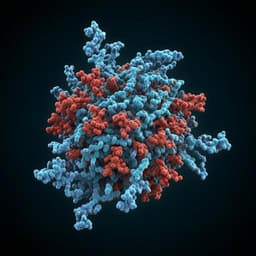
Chemistry
Predicting chemical exfoliation: fundamental insights into the synthesis of MXenes
J. Björk, J. Halim, et al.
This groundbreaking research by Jonas Björk, Joseph Halim, Jie Zhou, and Johanna Rosen delves into the chemical exfoliation of MAX phases to create MXenes, emphasizing the pivotal role of selective A element removal in hydrofluoric acid. Their innovative approach combines theoretical calculations with experimental data to reveal essential insights for the discovery of novel two-dimensional materials.
~3 min • Beginner • English
Related Publications
Explore these studies to deepen your understanding of the subject.







